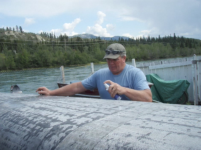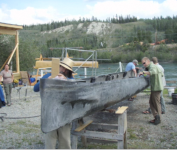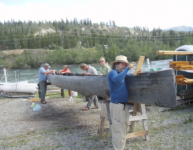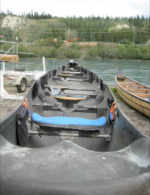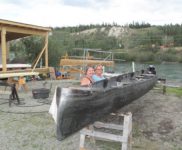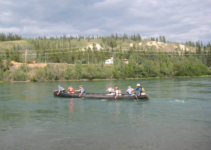- Joined
- Nov 22, 2021
- Messages
- 221
- Reaction score
- 93
I sent a friend an email about Graphene wax, suggesting he use it on his hull to make it faster.
He replied that he'd heard wax makes a boat slower.
I thought I might have heard that too, at one time, so I decided to look into it.
Seems that power boat racers do think that wax does make a boat slower and, in fact, some scuff up the hull with sandpaper.
I was wondering where you canoe racer types fall on this subject?
He replied that he'd heard wax makes a boat slower.
I thought I might have heard that too, at one time, so I decided to look into it.
Seems that power boat racers do think that wax does make a boat slower and, in fact, some scuff up the hull with sandpaper.
I was wondering where you canoe racer types fall on this subject?

